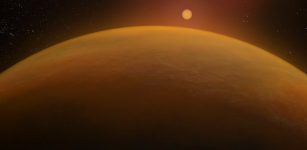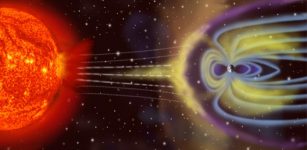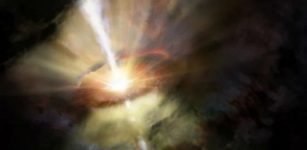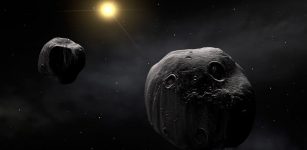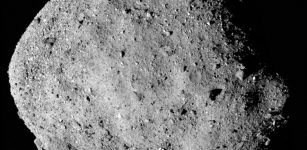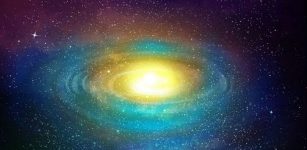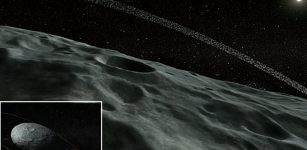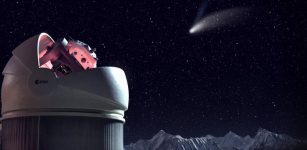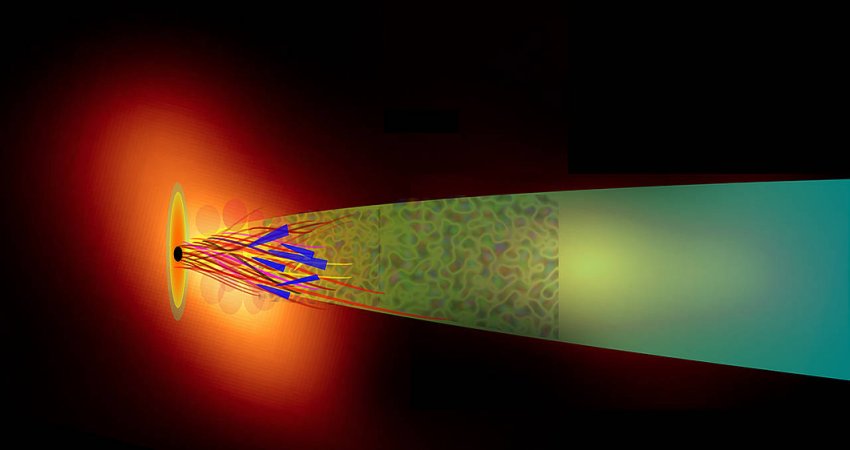Remarkable Quasar Located In The Constellation Crater Observed By NASA’s JWST
Eddie Gonzales Jr. – MessageToEagle.com – The James Webb Space Telescope has observed the gravitationally lensed quasar RX J1131-1231, revealing a remarkable ring-like structure adorned with luminous points reminiscent of jewels.
The quasar known as RX J1131-1231, is located about six billion light-years from Earth in the constellation Crater.
A small image of a galaxy distorted by gravitational lensing into a dim ring. At the top of the ring are three very bright spots with diffraction spikes coming off them, right next to each other: these are copies of a single quasar in the lensed galaxy, duplicated by the gravitational lens. In the centre of the ring, the elliptical galaxy doing the lensing appears as a small blue dot. The background is black and empty. Credit: ESA/Webb, NASA & CSA, A. Nierenberg
This celestial phenomenon, captured by the advanced capabilities of the Webb telescope, provides valuable data for astronomical research and furthers our understanding of distant cosmic objects. This lensed quasar is among the best discovered, with the foreground galaxy distorting the background quasar into a bright arc and four distinct images.
Gravitational lensing, predicted by Einstein, acts as a natural telescope, magnifying light from distant quasars. This phenomenon allows scientists to study regions near black holes. All matter warps surrounding space, with larger masses creating stronger effects.
Massive objects like galaxies warp space, bending nearby light visibly from its original path. This gravitational lensing can magnify distant astronomical objects, allowing astronomers to study otherwise too faint or distant phenomena.
Measurements of the X-ray emission from quasars can provide an indication of how fast the central black hole is spinning and this gives researchers important clues about how black holes grow over time. If a black hole grows mainly through galaxy collisions and mergers, it should form a stable disk and spin rapidly due to steady material supply. Conversely, growth through multiple small accretion events would result in material accumulation from random directions.
The black hole in this quasar spins at over half light-speed, indicating growth through mergers rather than omnidirectional material accretion.
Webb’s MIRI captured this image as part of a dark matter study. Dark matter, an invisible substance comprising most of the universe’s mass, is being probed by Webb’s quasar observations at unprecedented small scales.
Written by Eddie Gonzales Jr. – MessageToEagle.com Staff


